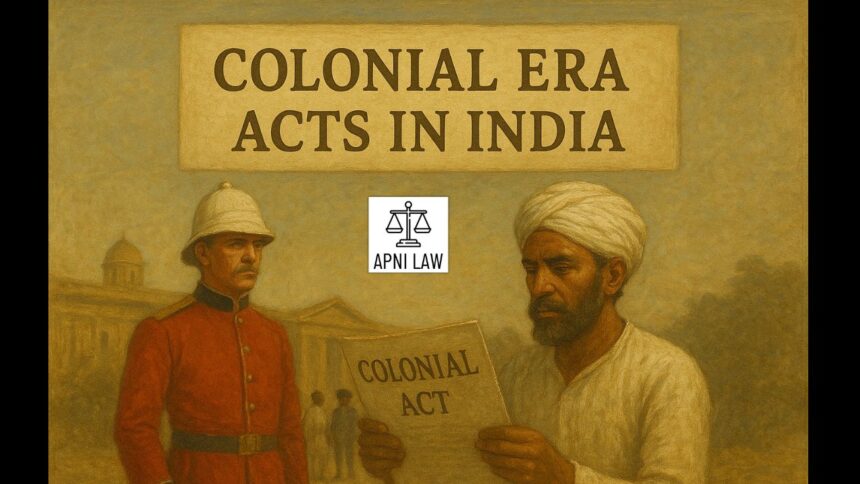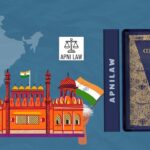Introduction
The history of independent India is marked by continuous efforts to balance unity with diversity. One of the most important milestones in this journey was the State Reorganisation Act of 1956, which redrew the boundaries of India on the basis of language. The Act was not just an administrative reform. It was a response to strong social and political movements that demanded recognition of linguistic identities. By reorganizing India’s map, the Act brought stability to a young democracy and demonstrated the ability of the Constitution to adapt to people’s aspirations.
Background: The Demand for Linguistic States
After independence in 1947, India inherited a map shaped by colonial rule and princely states. Provinces under British rule and princely territories merged into the Union, but the boundaries did not reflect the cultural and linguistic realities of the people. Many regions felt that their language and culture were not adequately represented in the new administrative setup.
The demand for linguistic states grew particularly strong in the Telugu-speaking regions of the Madras Presidency. In 1952, Potti Sriramulu, a freedom fighter, undertook a fast-unto-death demanding a separate state for Telugu speakers. His death triggered widespread protests, forcing the government to carve out Andhra State in 1953. This event set the stage for larger demands from other linguistic groups across India.
The States Reorganisation Commission
Realizing that piecemeal solutions would not work, Prime Minister Jawaharlal Nehru set up the States Reorganisation Commission (SRC) in 1953 under the chairmanship of Fazl Ali, with H.N. Kunzru and K.M. Panikkar as members. The Commission’s task was to examine the issue of state boundaries and recommend a rational structure.
After detailed study and consultations, the SRC submitted its report in 1955. The Commission recommended that India should reorganize states primarily on linguistic lines, while also considering administrative convenience, economic viability, and national unity. This report formed the basis of the States Reorganisation Act of 1956, which came into effect on 1 November 1956.
Provisions of the Act
The States Reorganisation Act, 1956 radically altered the political map of India. The Act created 14 states and 6 Union Territories, replacing the previous structure of provinces and Part A, B, C, and D states. It merged small territories with larger states, reorganized boundaries, and grouped regions together based on linguistic majority.
Key changes included the creation of Kerala, formed by merging the Malabar district of Madras with Travancore-Cochin state; Karnataka, initially called Mysore, created by uniting Kannada-speaking areas; and the restructuring of Madhya Pradesh and Bombay State to reflect linguistic populations. The Act also created Union Territories like Delhi, Manipur, and Tripura to ensure effective central administration in sensitive or small regions.
Impact of Linguistic Reorganisation
The reorganization of states on linguistic lines had a profound impact on Indian politics and society. For the first time, the state boundaries matched the cultural and linguistic identities of the people. This gave communities a sense of belonging and reduced tensions that could have threatened national unity.
The creation of linguistic states strengthened democracy by making governance more accessible. People could now interact with the administration in their mother tongue, which improved participation and reduced alienation. It also paved the way for regional leaders to emerge and represent the aspirations of their communities.
Criticism and Challenges
Despite its success, the State Reorganisation Act also faced criticism. Some feared that creating states on linguistic lines would encourage regionalism and weaken the Union. Nehru himself was initially reluctant, worrying that linguistic divisions might fuel separatism. Critics also argued that the Act did not resolve all issues, as demands for new states continued to emerge.
Indeed, the Act was not the end of the story. In later decades, new states like Haryana, Jharkhand, Chhattisgarh, Uttarakhand, and Telangana were created for cultural, economic, and political reasons. However, the 1956 Act laid the foundation by providing a constitutional and peaceful method for redrawing boundaries.
Federalism and the Spirit of Unity
The State Reorganisation Act highlighted the unique nature of Indian federalism. Unlike the rigid federal models in some countries, India adopted a flexible approach. Parliament, empowered by Article 3 of the Constitution, retained the authority to create, alter, or rename states. This flexibility ensured that the Union remained strong while still accommodating diversity.
By addressing the linguistic issue through constitutional means, India avoided violent conflicts and strengthened its democratic institutions. The Act showed that the Indian model of federalism could balance unity with diversity, creating a framework where regional identities thrived within the Union.
Legacy of the Act
The State Reorganisation Act of 1956 remains a turning point in Indian history. It proved that the Constitution could respond to the people’s will without compromising national unity. The Act not only reshaped India’s political map but also deepened the connection between citizens and the state. It gave recognition to linguistic identities while keeping the spirit of “unity in diversity” alive.
Even today, the Act continues to influence debates about new states. Movements for statehood, whether cultural or economic, are guided by the principles laid down in 1956: democratic demand, linguistic or cultural identity, and constitutional procedure. This legacy makes the State Reorganisation Act one of the most important milestones in India’s constitutional journey.
For any specific query call at +91 – 8569843472
Conclusion
The State Reorganisation Act of 1956 was a bold experiment that succeeded in uniting India’s linguistic and cultural diversity within a democratic framework. By creating states on linguistic lines, the Act calmed tensions, empowered regional communities, and strengthened the Union. While criticisms about regionalism remain, the Act proved that diversity need not divide a nation. Instead, with the right constitutional tools, diversity can become the foundation of unity. The Act continues to remind us that India’s strength lies not in uniformity but in its ability to embrace differences within the shared framework of democracy.








